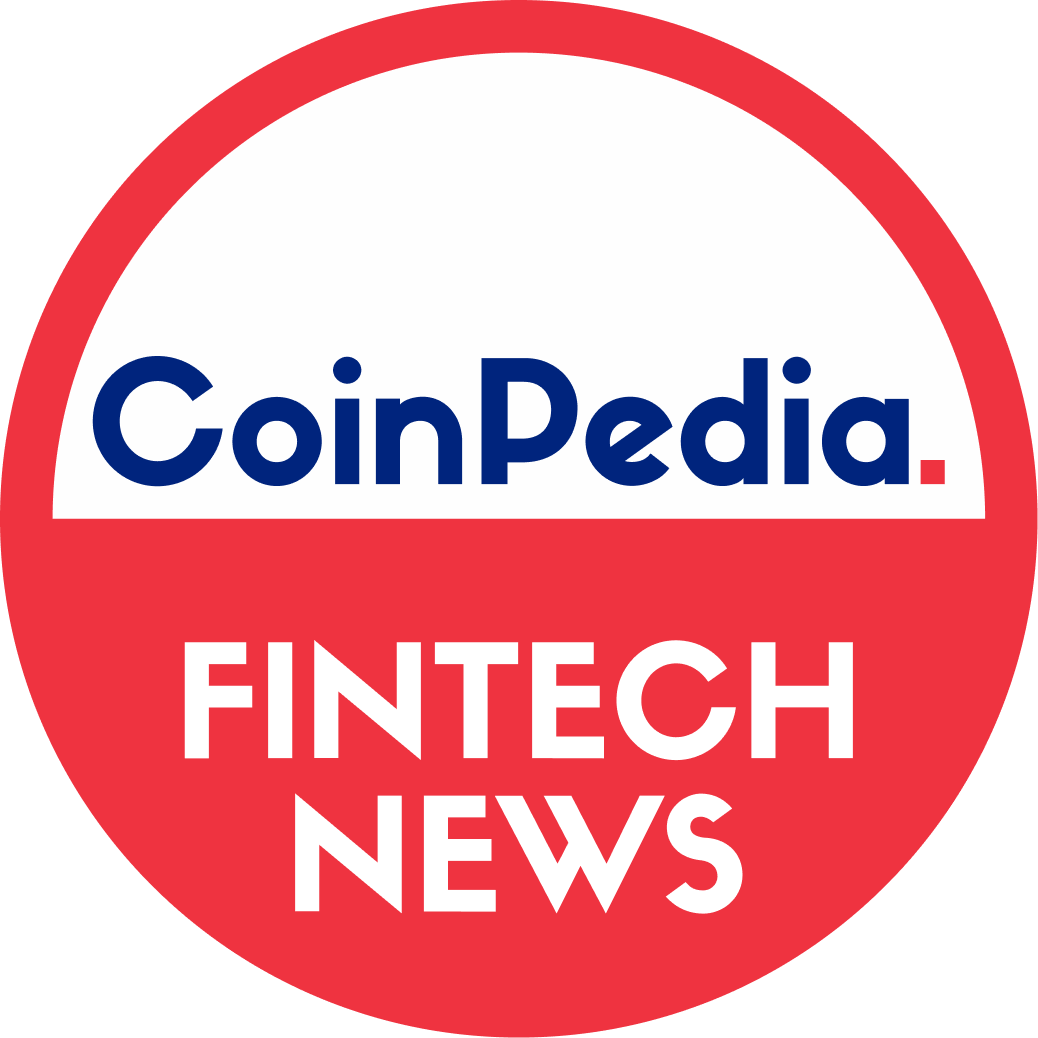Polkadot (DOT) and Kusama (KSM) are like two cousins who once were inseparable but eventually grew apart and embarked on their own adventures as they aged.
Despite Kusama’s well-known status in the cryptocurrency community, many people assume that it’s nothing more than a test network for Polkadot. While the two will always share an intimate connection, their different features and ecosystems still appeal to specific types of investors and users.
At the end of the day, whether you’re interested in investing in the ambitious multi-chain kid on the block Polkadot or you want something a little more experimental with Kusama, we’ll be breaking down both of them so that you know what they offer, and which might suit you the best.
What Is Polkadot?
Simply put, Polkadot is a multichain network which allows individual blockchain networks, such as Bitcoin and Cardano for example, to interact with one another, something that isn’t usually possible.
Polkadot collects all of these different chains into one network, kind of like polkadots on a t-shirt, so that they can share data and communicate, which is known in the crypto sphere as interoperability.
Polkadot is able to do this thanks to its parachains – custom-made blockchains that are integrated onto the network and are designed to suit any specific purpose the developer can think of.
For example, while some will make a parachain to simply transact and manage a specific token, others will create an entire NFT marketplace. The important point is that these parachains are the creations of multiple blockchain networks working together on one project.
All of this is powered by the relay chain, a large cog-like structure that keeps the whole Polkadot network running behind the scenes. Though Polkadot is undoubtedly unique in its infrastructure and design, it could never have gotten this far if not for the help it so desperately needed from its counterpart, Kusama.
What Is Kusama?
A common mistake many people make is referring to Kusama as a test network. On a regular testnet, you can’t hold a transaction, since it’s only designed for practice, not for buying actual assets. Canary networks on the other hand, which is what Kusama is, require at least some economic value from investors.
Therefore, it can literally be seen as a “backup” of the Polkadot servers, but the actual amount that must be invested is still lower, making it more risk-free than Polkadot’s mainnet.
Over the years, it has managed to differentiate itself by being more loose, fluid, and chaotic than its counterpart and evolving at a much faster pace.
History of Polkadot and Kusama: How They Became Distant Cousins
Acknowledging where Polkadot and Kusama came from is important for understanding how and why they developed in different ways. The divergence truly began along their development cycle.
The Birth of Polkadot
Gavin Wood, the founder of Ethereum, had been pondering the concept of Polkadot since 2014, but it wasn’t until 2019 with the help of talented developers Peter Czaban and Robert Habermeier, along with the Web3 Foundation, that it could finally become a reality.
Polkadot was ambitious, though. While the concept was there, the deeper mechanics and features that would allow the network to function were still being figured out. Governance, security, staking options—all of this needed time to be fully realized, and since real money would be involved, Gavin and the team knew they couldn’t mess anything up for the sake of the users and investors.
This is where Kusama came in, launching in August 2019 as a “Wild Wasteland” of sorts that could test out early ideas and concepts under real economic conditions.
The Testing Phase: Kusama’s Time to Shine
In 2019, Kusama would test out the proof of stake (PoS) model that would be used as the model for Polkadot’s on-chain governance. This model allows users to become validators; individuals who verify transactions on the network, so long as they stake enough KSM tokens to prove their reliability.
At first, there were only 20 validators on board, but after the system started gaining steam, 10 more slots would be opened up every week to let more people in who could ensure the network continued running smoothly.
What’s notable about this early stage of Kusama is how basic it is. Sure, it gave the Polkadot team a good idea of how something like a PoS model could work and helped to inspire the slightly modified nominated proof-of-stake (NPoS) model that would arrive on Polkadot later.
However, many features on Kusama were still restricted, such as access to balance transfers, which gives an idea of how rough around the edges it was.
A more notable example of this came in January 2020 when an accident occurred where the Polkadot mainnet runtime was randomly uploaded to the Kusama chain during a scheduled upgrade. Polkadot wasn’t even live at the time, so this was clearly a mishap, and though it was resolved in a few days, it still demonstrated how, despite the two being related, it was a messy relationship, to say the least, at this point in time.
Parachain Auctions
On June 15th 2021, the Kusama network was used to test yet another promising feature, the parachain auctions. There are only so many parachains that can be inserted onto the network at one time, so to accommodate for this, auctions were designed to grant slots to the highest bidders to keep things fair and democratic.
It was the Karura Network that would win the first Kusama parachain slot after bidding a total of 500,000 KSM, which equates to over $100 million dollars at the price of $25 for a coin.
Needless to say, the auctions were running smoothly, so much so that Kusama would become the home of 700 validators by February 2021 who all flocked to the network after witnessing how fast it was developing, and how much promise it held for the future. After being tested on Kusama, parachain auctions would arrive on the Polkadot mainnet months later in November 2021.
By this point, Kusama had served the purpose that was set out in the Polkadot whitepaper; to experiment and eventually approve the functionality of a fully decentralized multi-chain network.
However, rather than fading away, Kusama had already amassed such a passionate audience that it lived on, and would gradually begin separating itself from its distant cousin who was on the verge of becoming a breakout star.
Present Day
Make no mistake, Kusama is still being used as a testing ground for the Polkadot mainnet even to this day. For example, OpenGov, which is a more community-driven form of open governance, was only launched on Polkadot in November of 2023 after it was put through the wringer on Kusama in July of the same year.
Additionally, it has proven extremely useful in molding Polkadot 2.0, which aims to speed up the network. For example, it tried out asynchronous backing, which can free up block space to allow for faster transactions.
However, Kusama has also become recognized as a more chaotic, loose, and experimental version of its counterpart, which is able to stand on its own as something quite different yet still largely similar in design.
Similarities Between Polkadot and Kusama
So far, we’ve witnessed Polkadot and Kusama’s journey and how they slowly drifted apart over time due to their different environments. But before looking at the major differences, let’s get back to basics and recognise the similarities between the two.
Both Polkadot and Kusama use the exact same architecture, including a central relay chain, a proof-of-stake model where validators can watch over the network, and para chains that can be constructed by developers using the Substrate toolkit.
They also both use on-chain governance parameters, where DOT and KSM holders can participate in votes and issue proposals to improve the platform. Thus, the use cases for each native token are largely identical.
In truth, Polkadot and Kusama are largely identical, but differences start to appear when you examine their functionalities more closely.
Polkadot vs Kusama: Key Differences
Polkadot and Kusama are built upon the same infrastructure, but their different design philosophies mean that there are still plenty of differences to be aware of. These are the main aspects separating the two:
- Evolution Speed – On Kusama, it takes only seven days for users to vote on a referendum and another eight for the implementation to be added. For comparison, both can take up to a month each on Polkadot. As a result, Kusama moves at a breakneck pace, and though it can be hard to keep up with for newcomers, it also gives users greater and immediate control over where the network is headed.
- Bonding Requirements – Bonding, also known as staking, involves putting down a certain amount of KSM or DOT tokens to either nominate a validator, rent a parachain, or fund someone in auctions. The staking requirement is lower on Kusama, lowering the bar for accessibility.
- Security – Nominators don’t need to stake as much to prove their worth on Kusama. This means they don’t have to prove their reliability, which makes security a little less robust than it is on Polkadot.
- Token Rarity – There’s only a limited amount of KSM tokens compared to DOT’s uncapped maximum supply, meaning KSM tokens are rare and more expensive.
How to Choose Polkadot or Kusama
So, now that we’ve seen the major differences between Polkadot and Kusama, we can identify who they suit the most, and what you yourself may want to consider when choosing one over the other.
Kusama is for:
- Investors and developers who want to partake in more experimental projects.
- Users who like having greater control over a rapidly evolving network.
- Anyone who wants to stake and invest at a cheaper rate.
Polkadot is for:
- Investors and developers who are new to multi-chain architecture.
- Anyone who prioritizes top-notch robust security.
- Users looking for a more streamlined platform.
On the Flipside
- Other multi-chain platforms like Avalanche and Cosmos are giving Polkadot and Kusama a run for their money in terms of what they offer.
- Both of the examples mentioned specialize in smart contract functionality, which is becoming increasingly popular in the crypto space, but that also isn’t natively supported by Polkadot or Kusama.
Why This Matters
Anyone even remotely interested in Polkadot ought to know that they have two networks to choose from, not just one. It can be easy to lump Polkadot and Kusama together as a single entity, but by learning their differences, you can make a more educated decision about which appeals to your interests more in the long run.
FAQs
Gavin Wood, Peter Czaban, and Robert Habermeier founded Polkadot and Kusama while working at Parity Technologies.
Yes, parachains on Polkadot and Kusama can be designed as a dApp, with the exact use case and purpose being up to the developer.
Nominators on the Polkadot blockchain will need to stake at least 250 DOT for their nomination to be considered.
Credit: Source link



 Bitcoin
Bitcoin  Ethereum
Ethereum  Tether
Tether  XRP
XRP  USDC
USDC  TRON
TRON  Lido Staked Ether
Lido Staked Ether  Dogecoin
Dogecoin  Figure Heloc
Figure Heloc  Cardano
Cardano  WhiteBIT Coin
WhiteBIT Coin  Bitcoin Cash
Bitcoin Cash  Wrapped stETH
Wrapped stETH  Wrapped Bitcoin
Wrapped Bitcoin  Wrapped eETH
Wrapped eETH  USDS
USDS  Chainlink
Chainlink  Binance Bridged USDT (BNB Smart Chain)
Binance Bridged USDT (BNB Smart Chain)  LEO Token
LEO Token  Zcash
Zcash  WETH
WETH  Monero
Monero  Stellar
Stellar  Coinbase Wrapped BTC
Coinbase Wrapped BTC  Ethena USDe
Ethena USDe  Litecoin
Litecoin  Hyperliquid
Hyperliquid  Avalanche
Avalanche  Canton
Canton  Sui
Sui  Hedera
Hedera  USDT0
USDT0  Shiba Inu
Shiba Inu  Dai
Dai  Toncoin
Toncoin  sUSDS
sUSDS  World Liberty Financial
World Liberty Financial  Uniswap
Uniswap  Cronos
Cronos  PayPal USD
PayPal USD  Ethena Staked USDe
Ethena Staked USDe  USD1
USD1  Polkadot
Polkadot  Mantle
Mantle  Rain
Rain  MemeCore
MemeCore  Bitget Token
Bitget Token  OKB
OKB